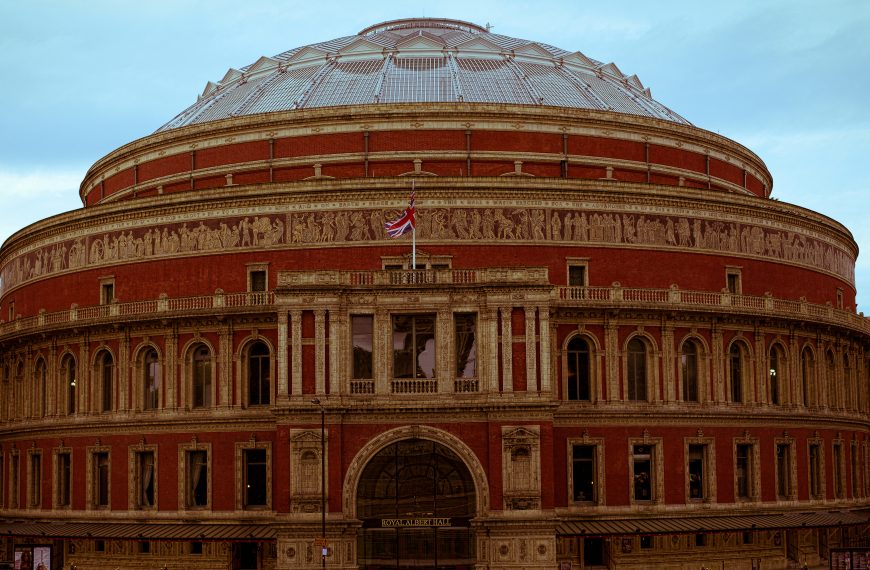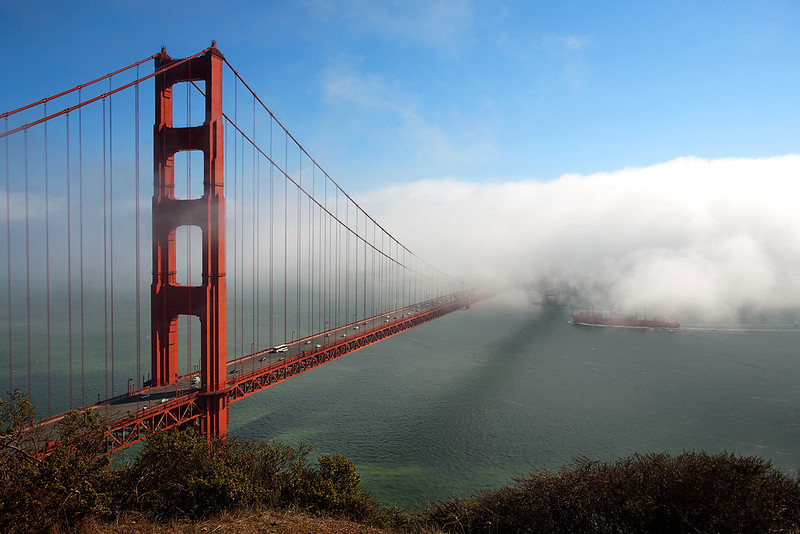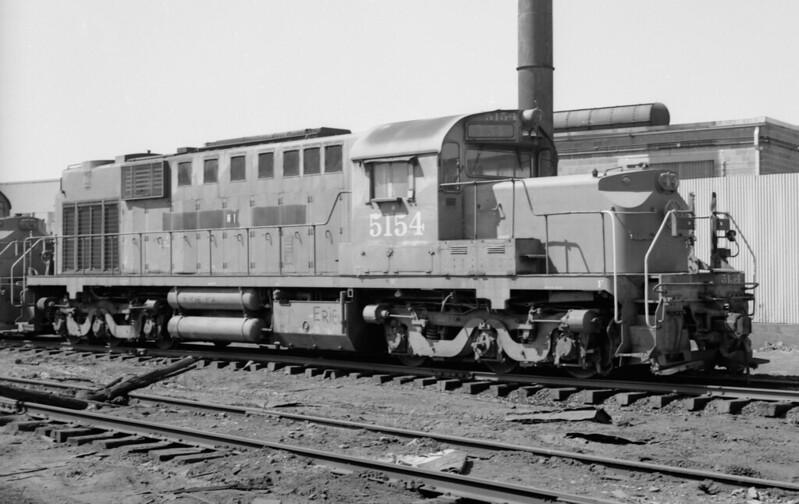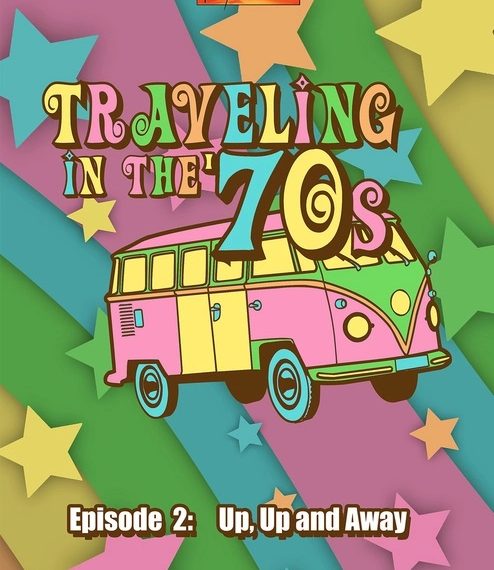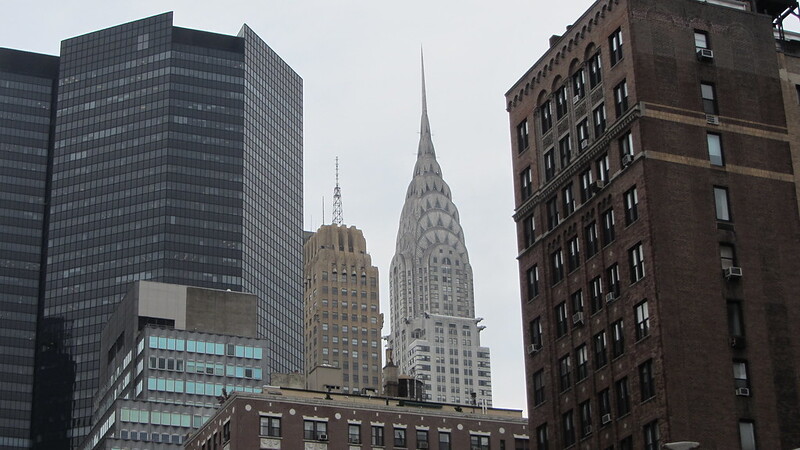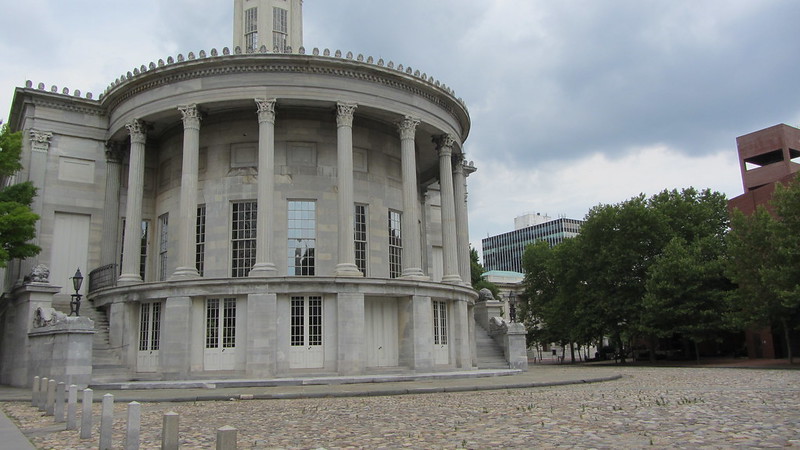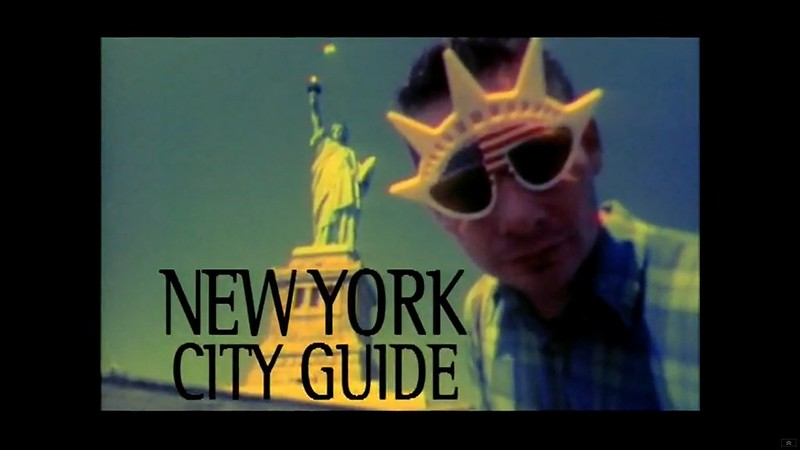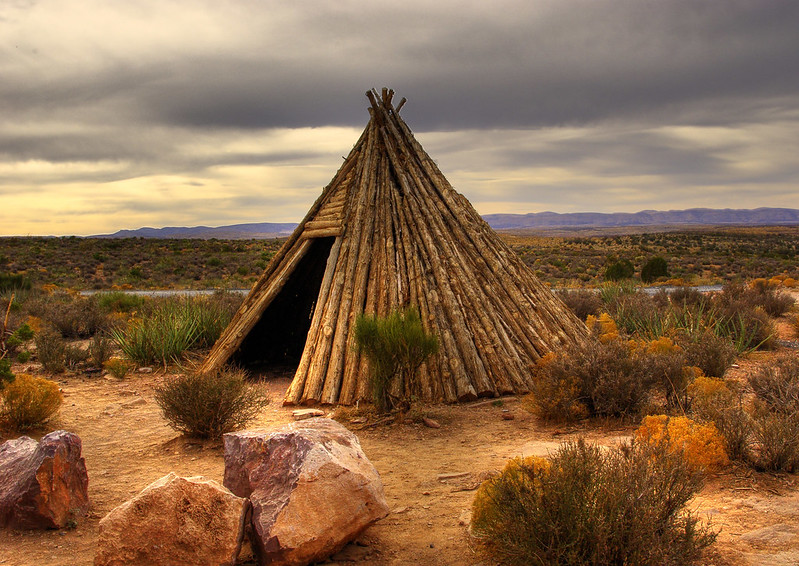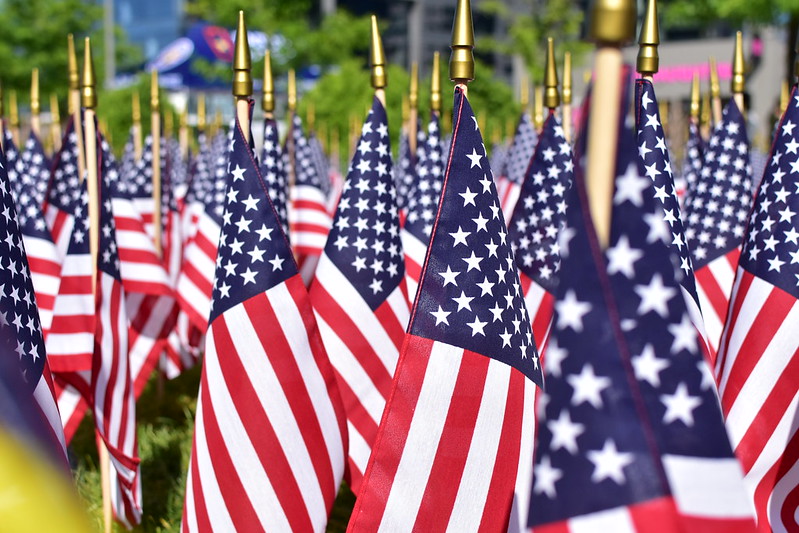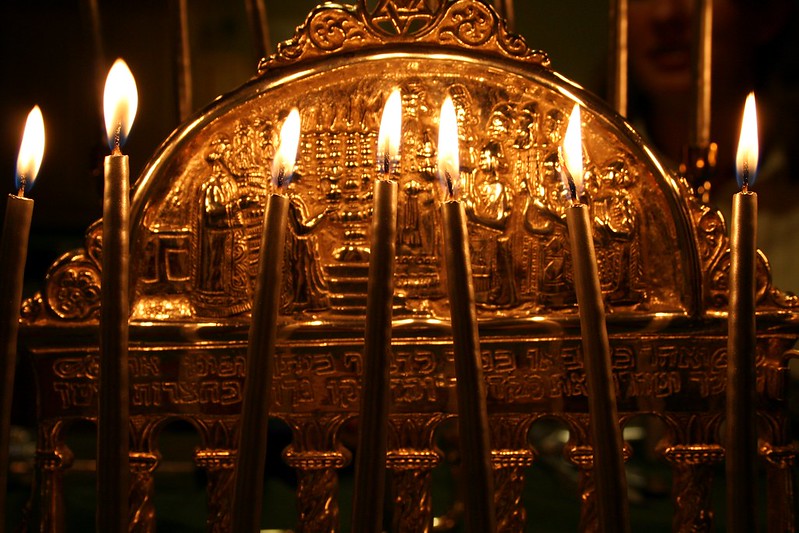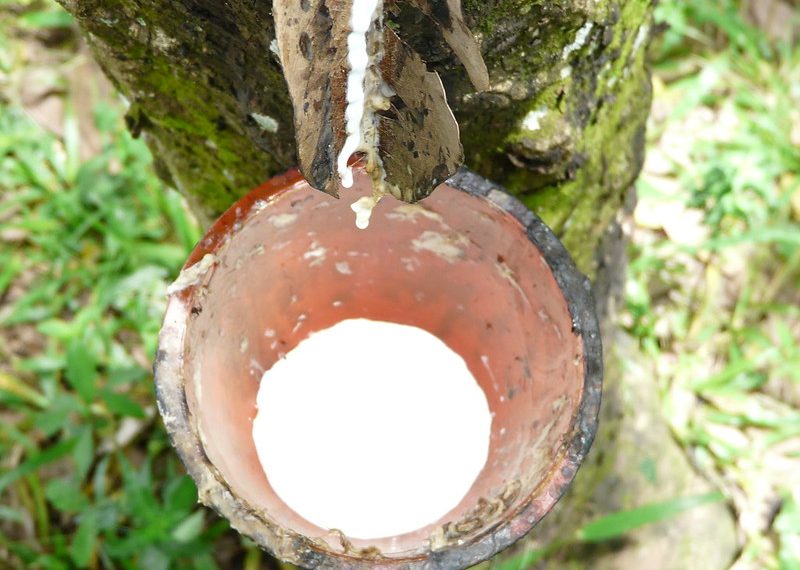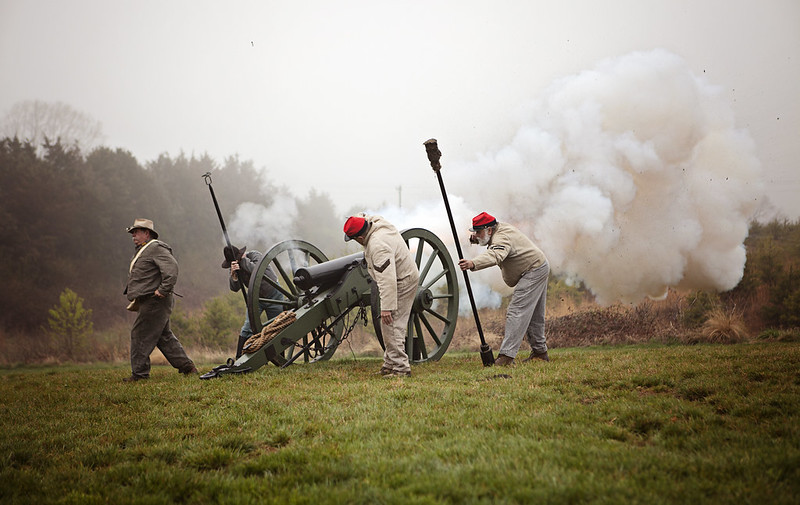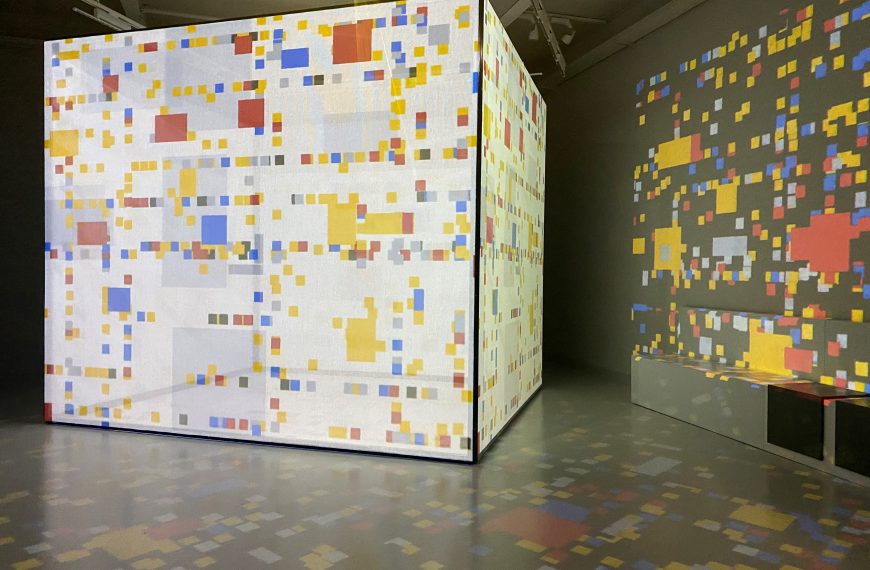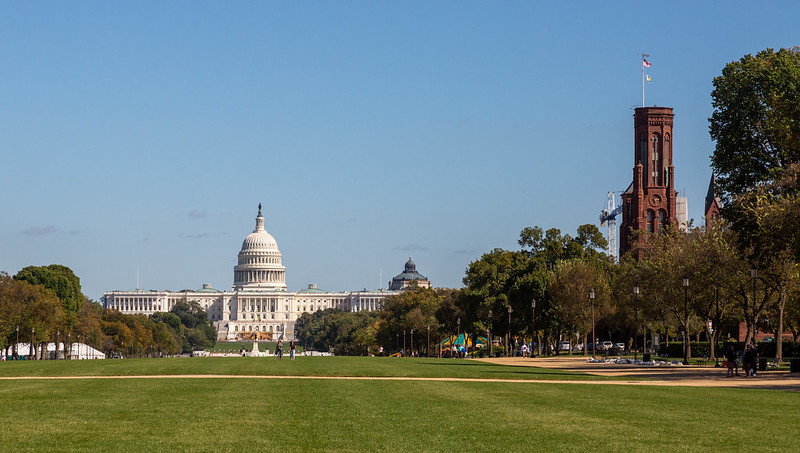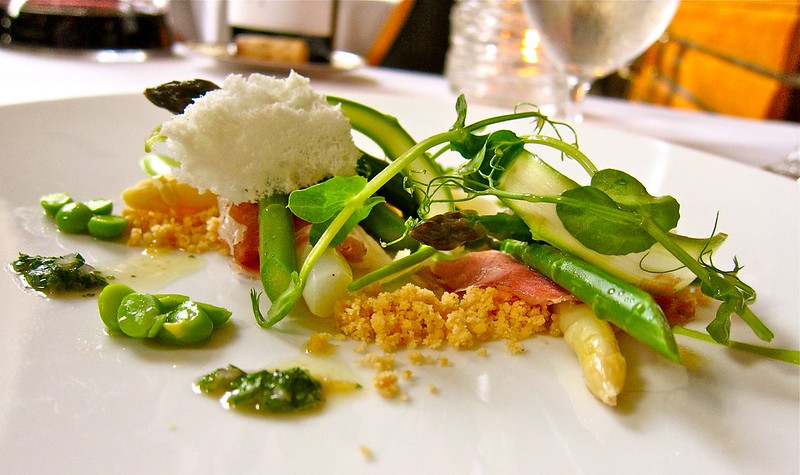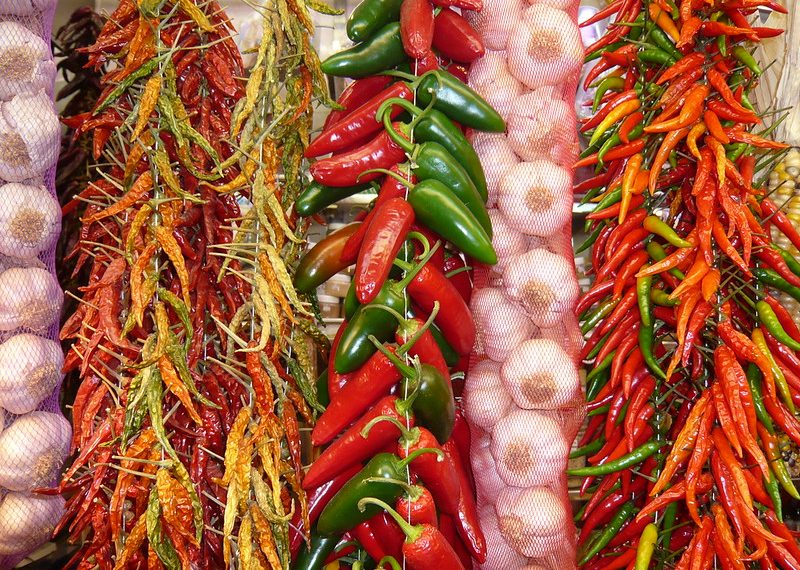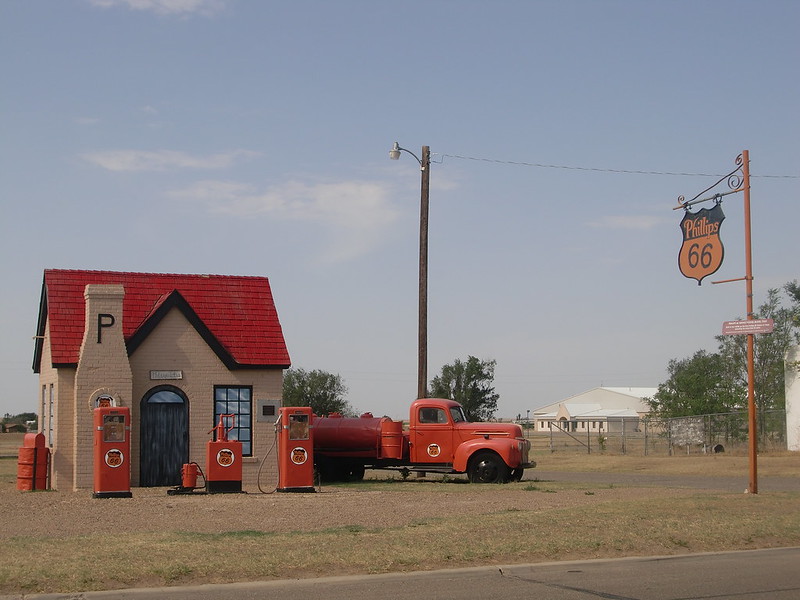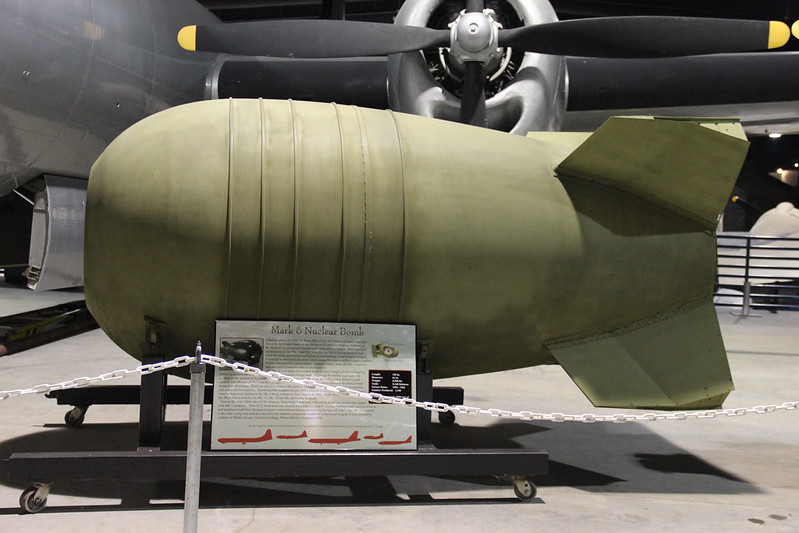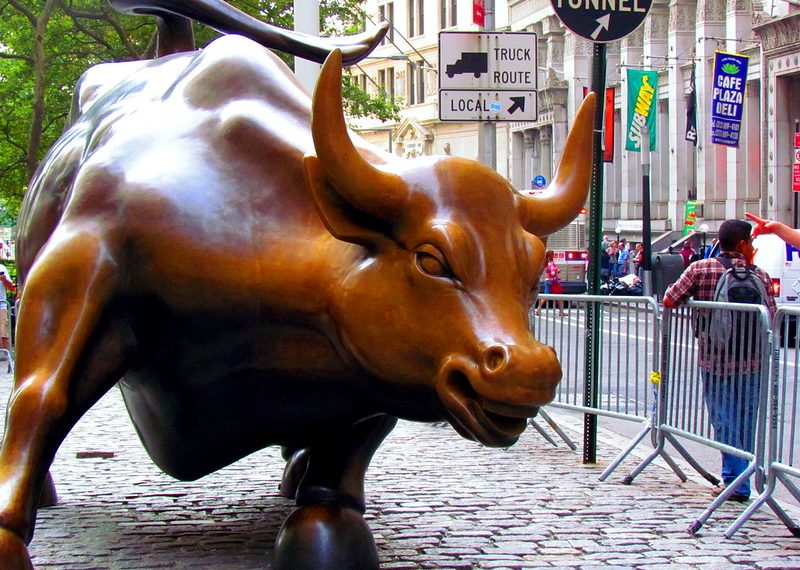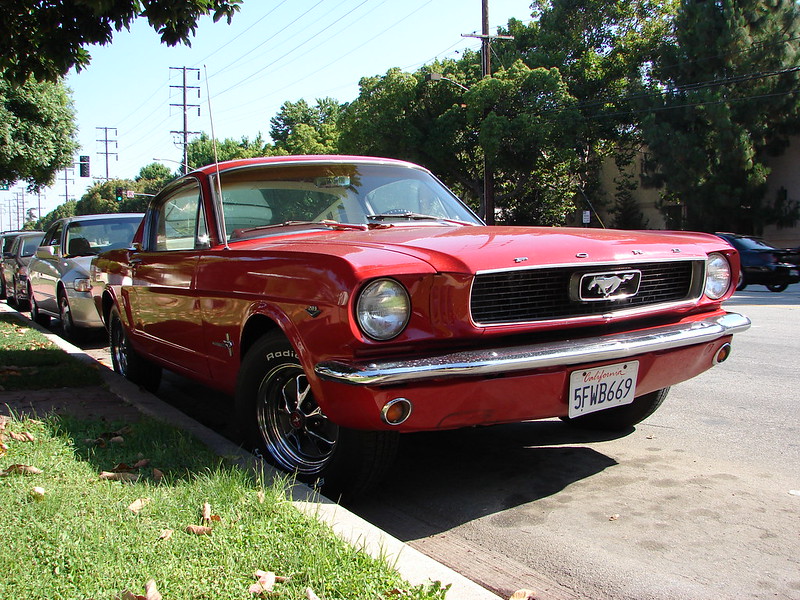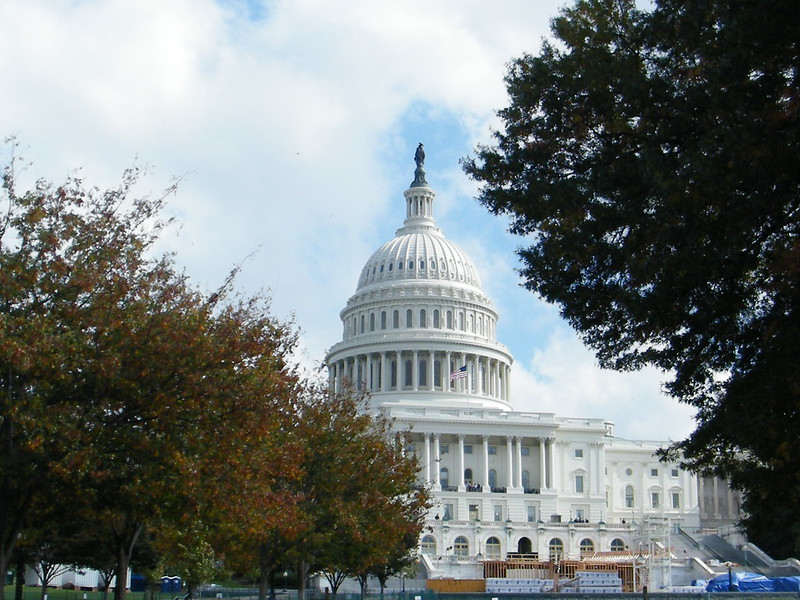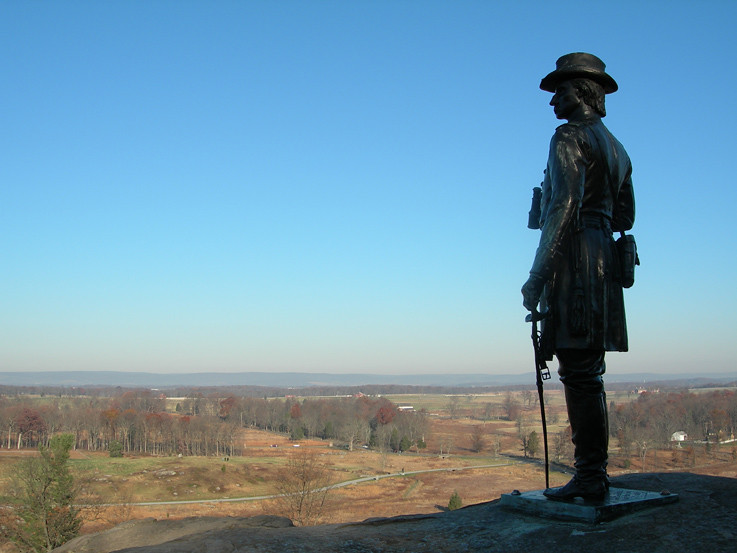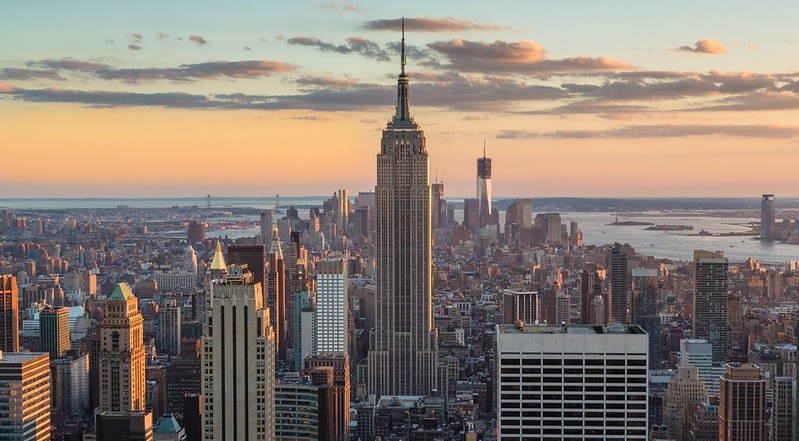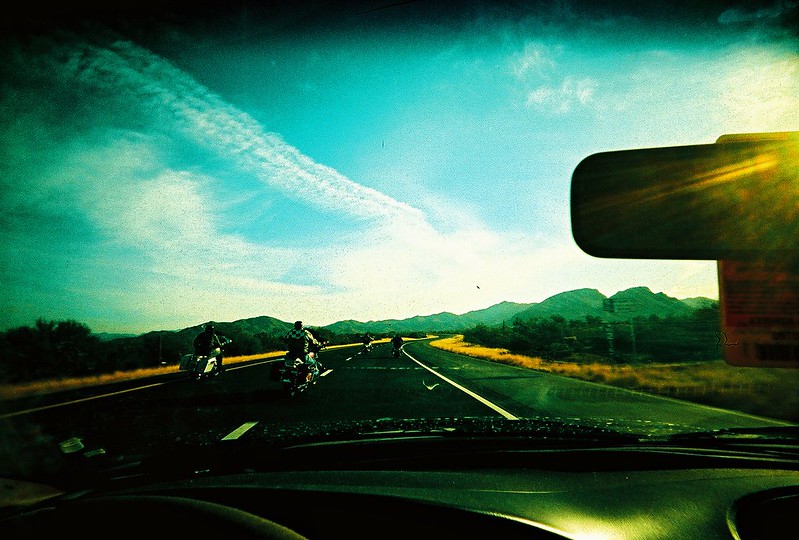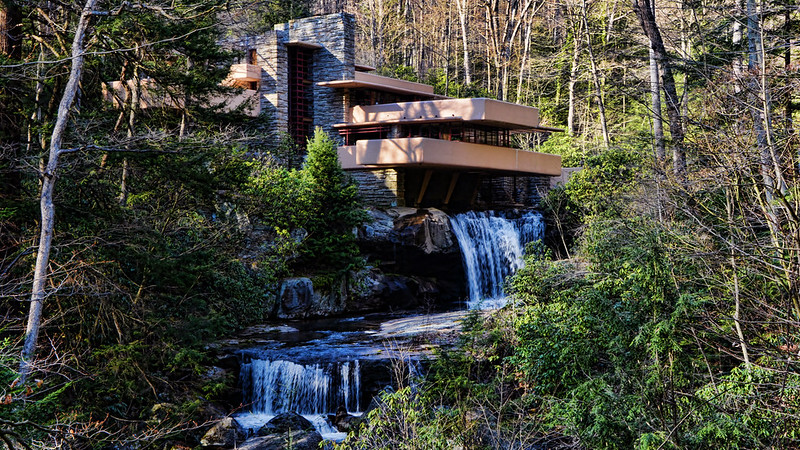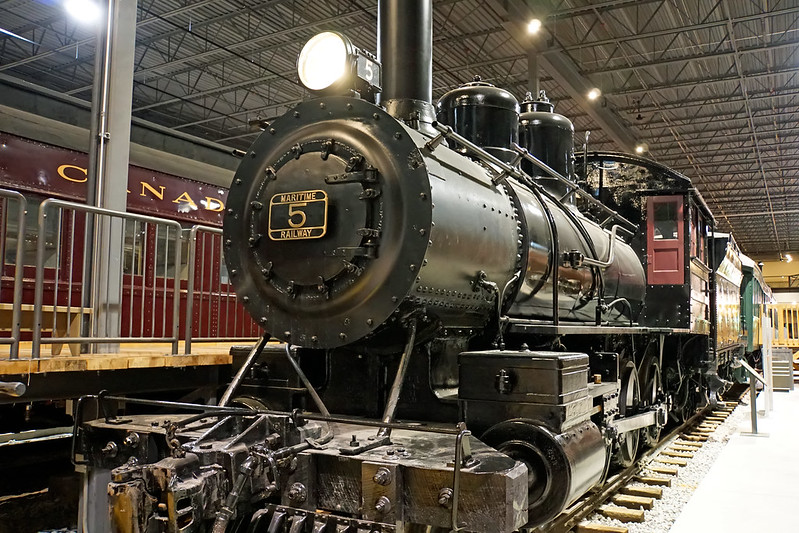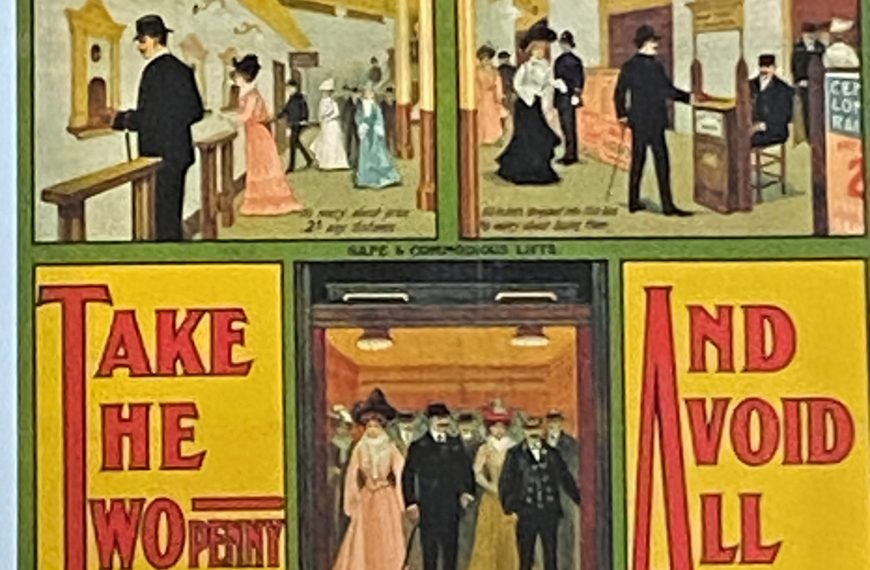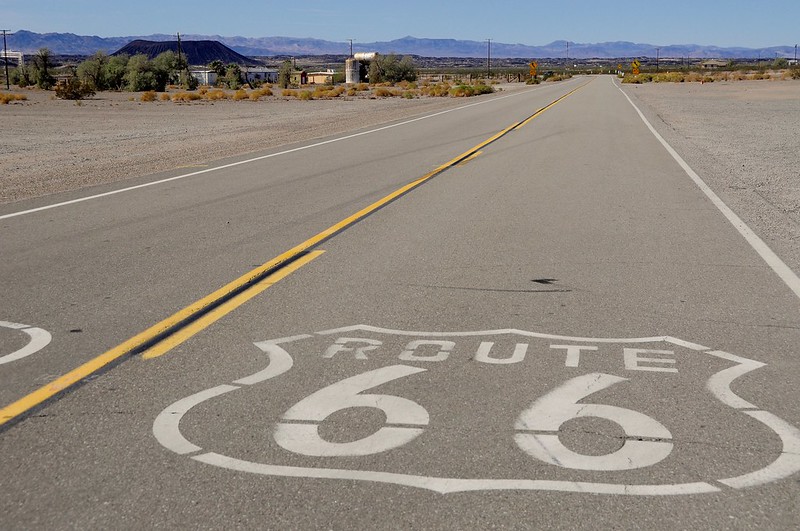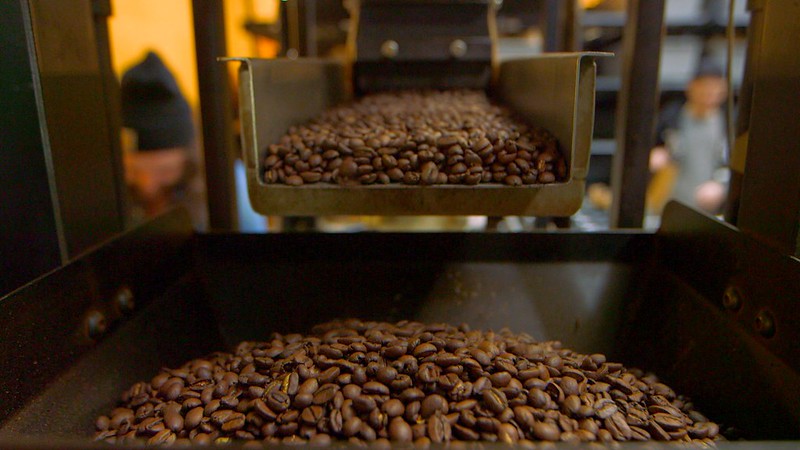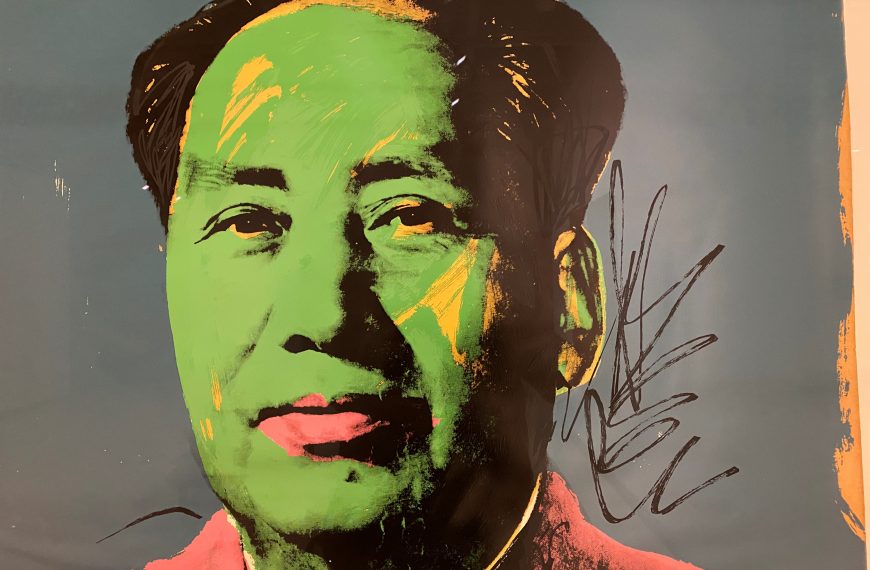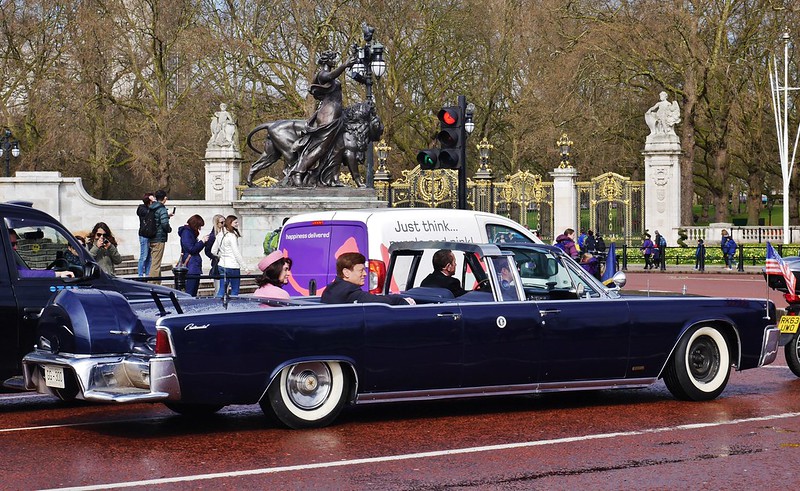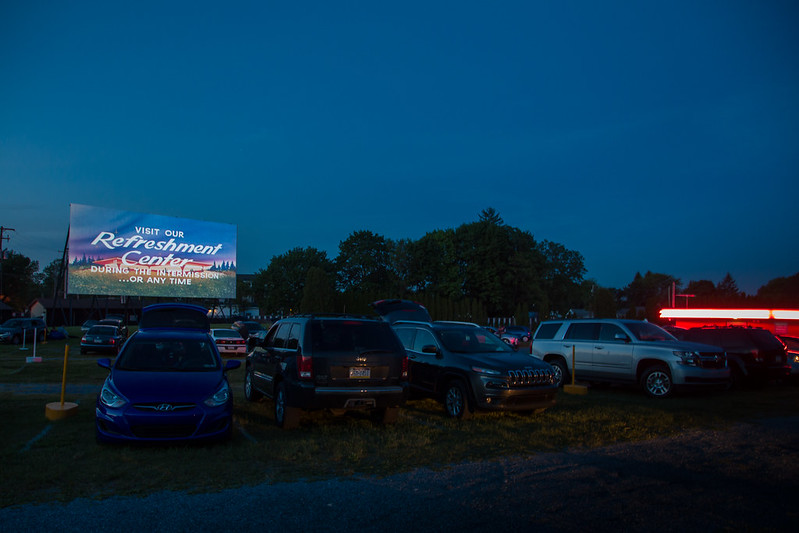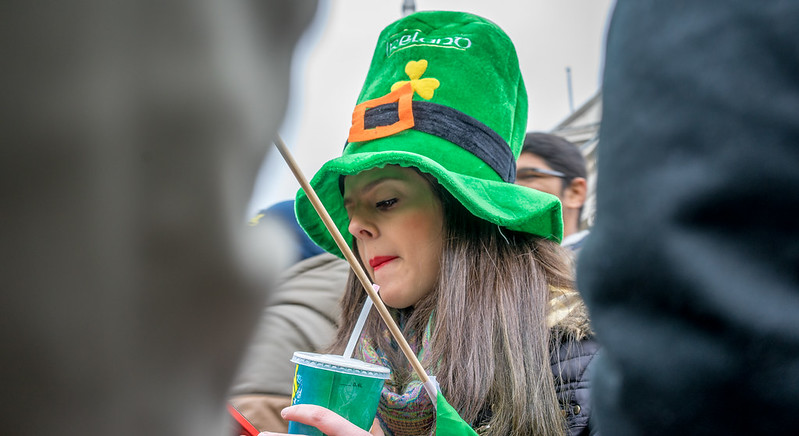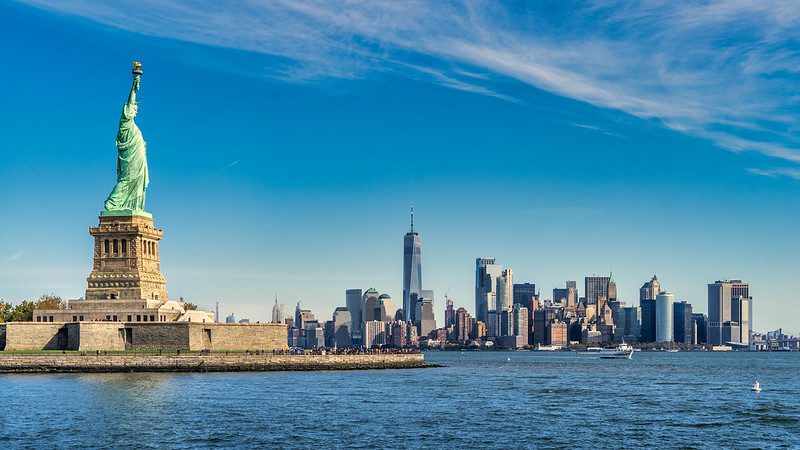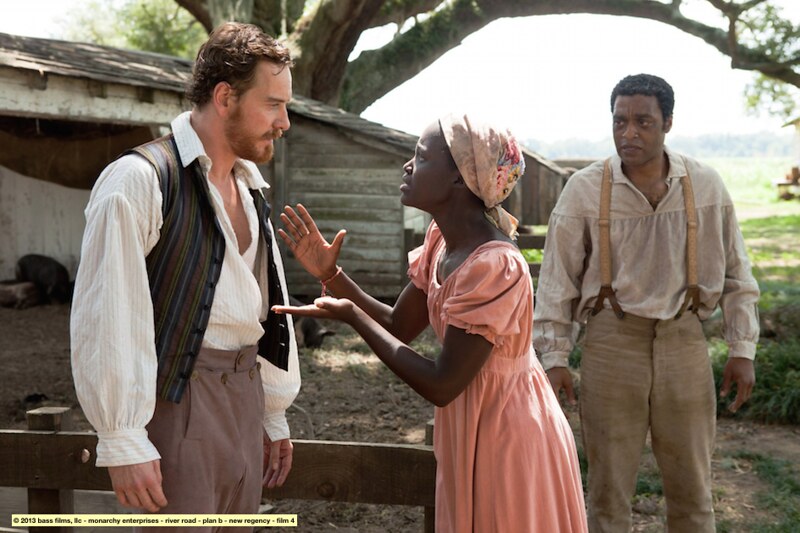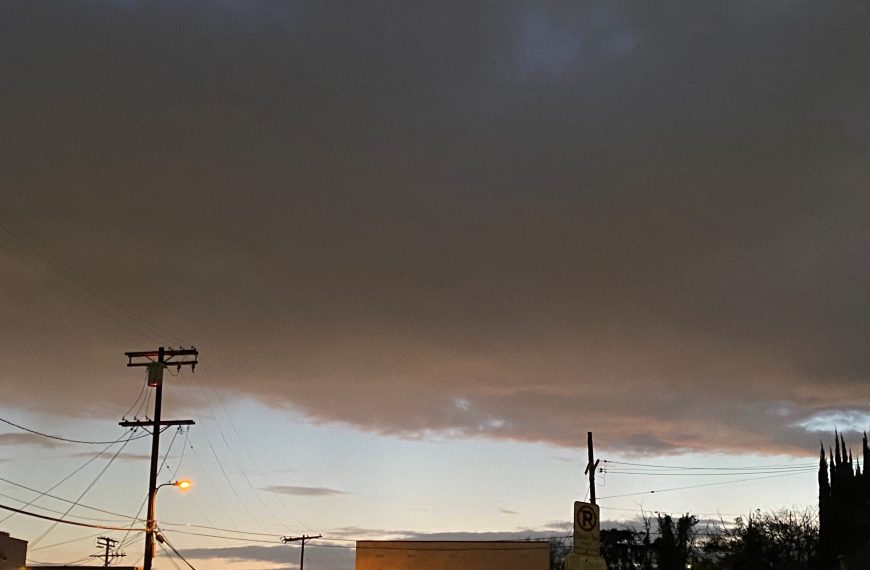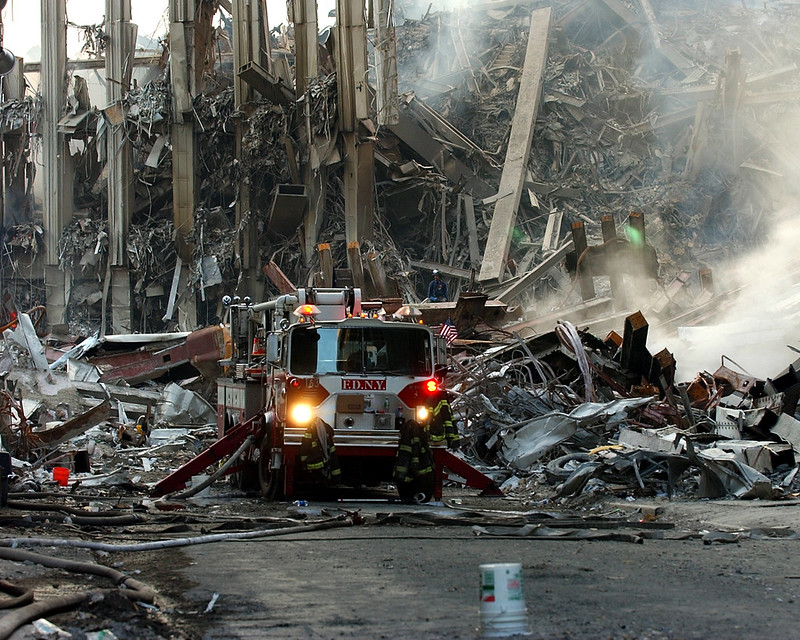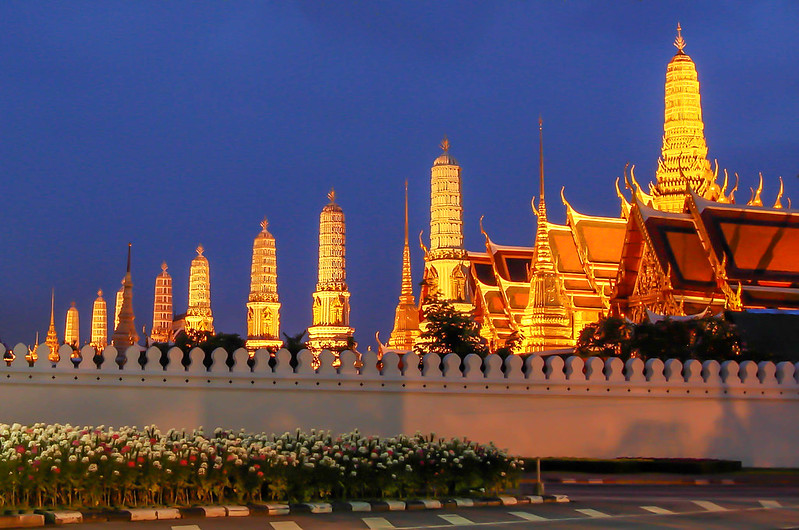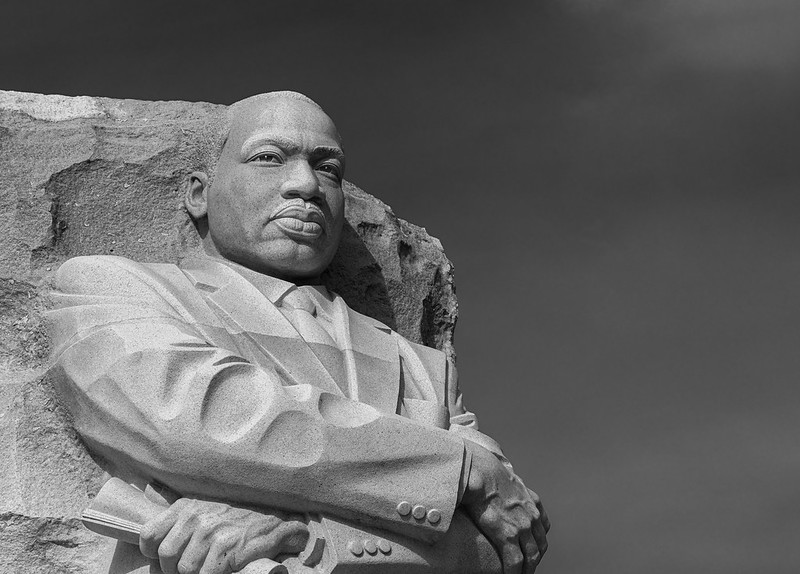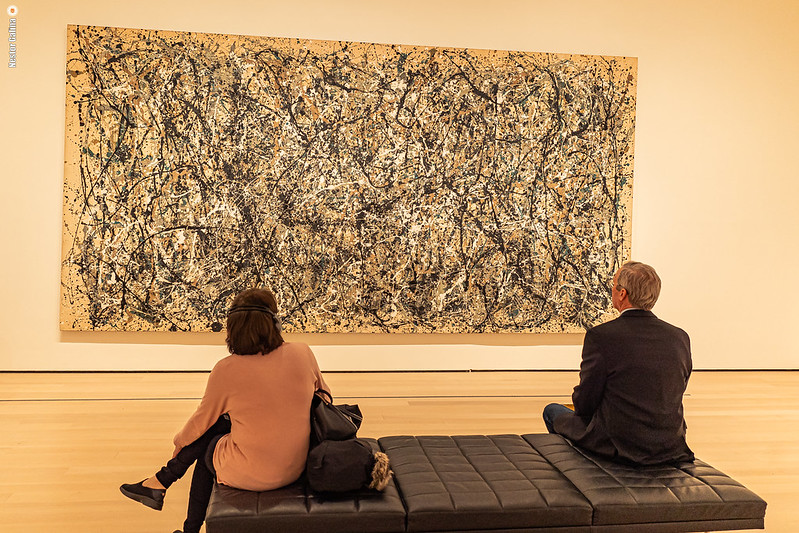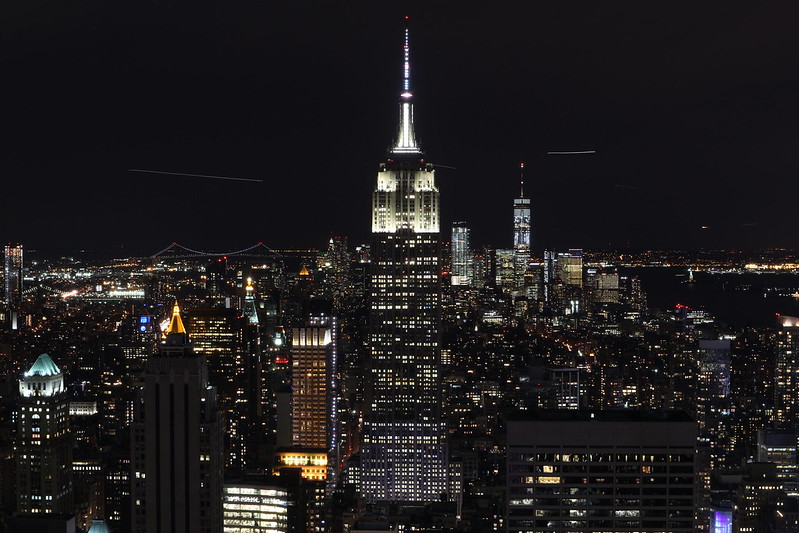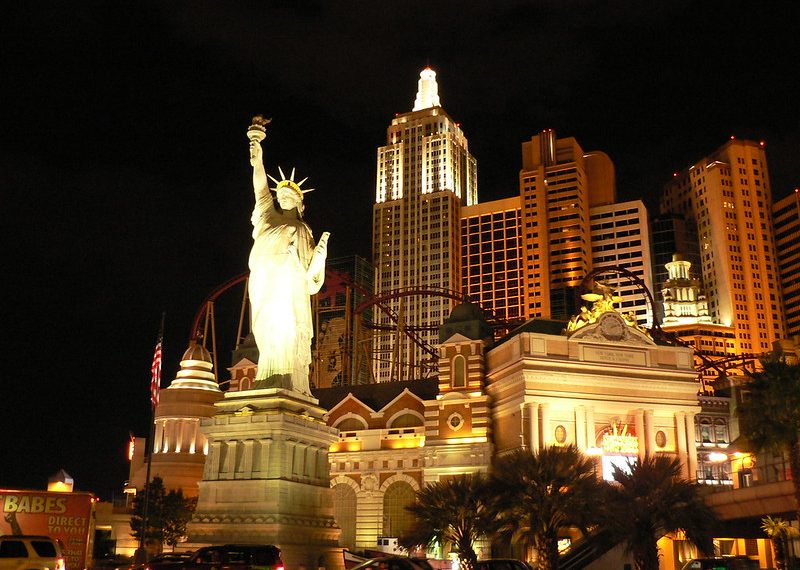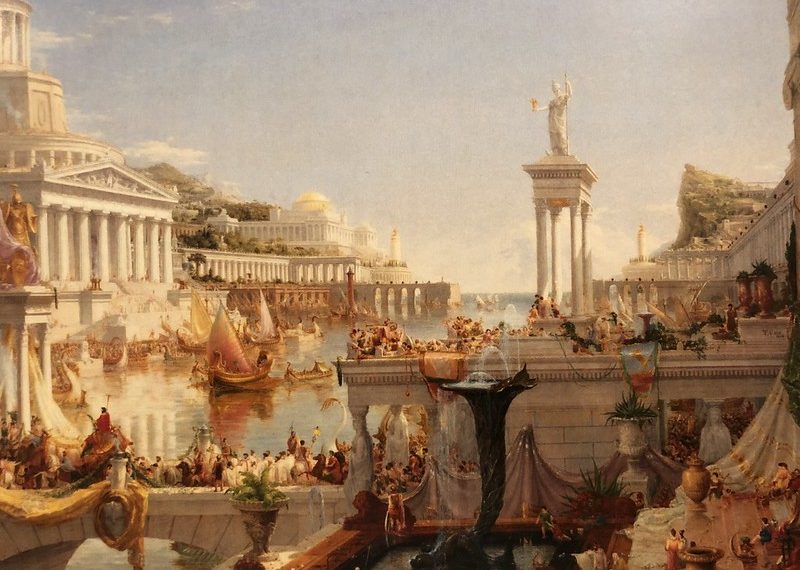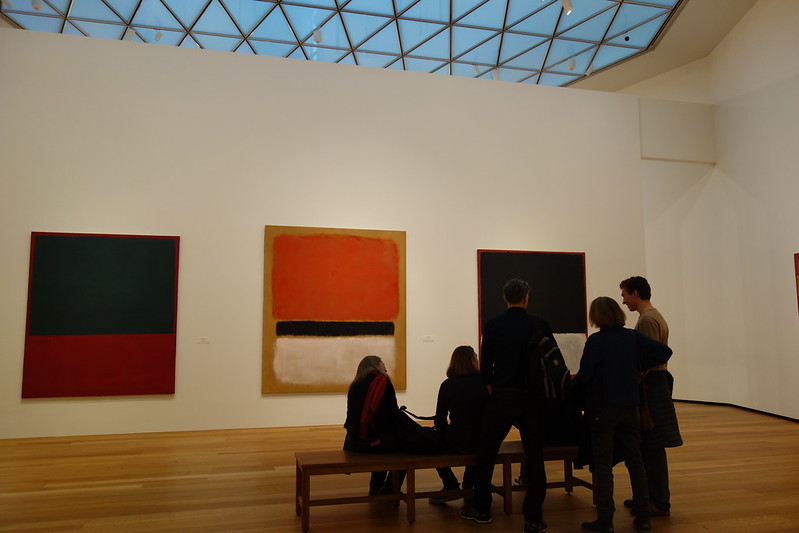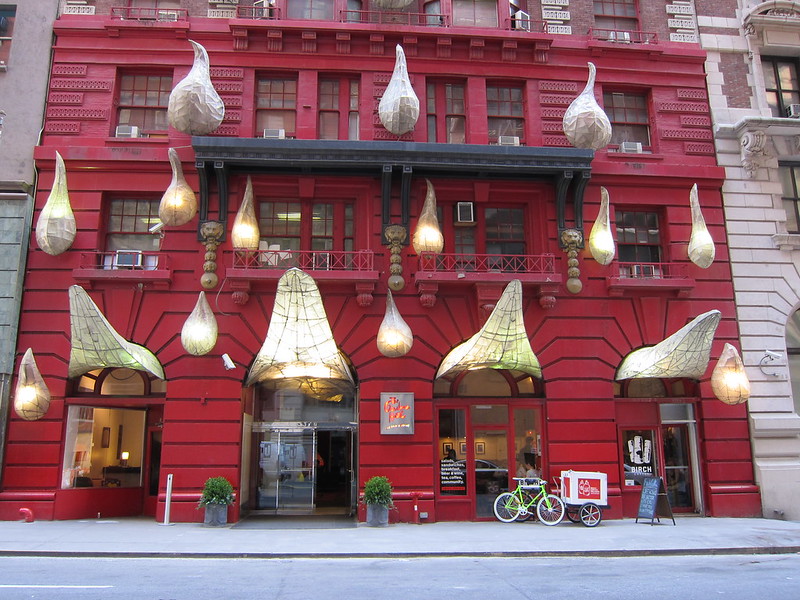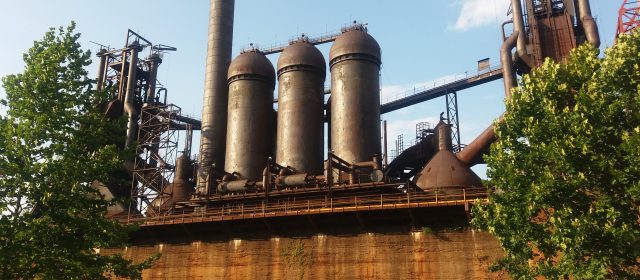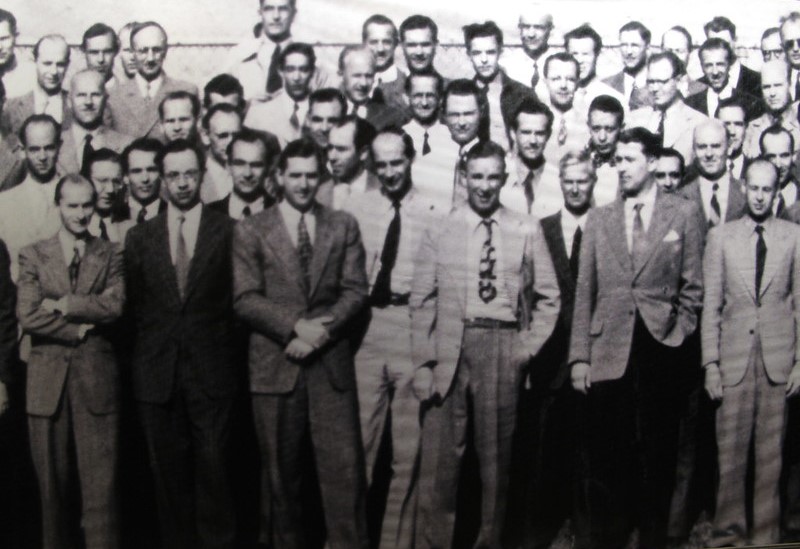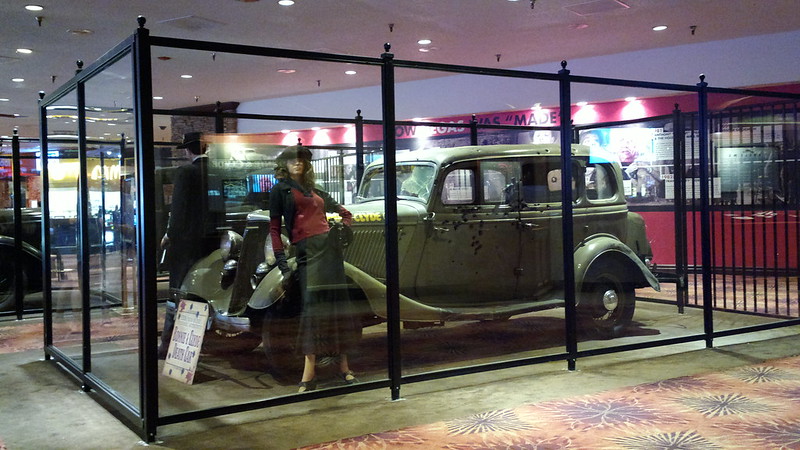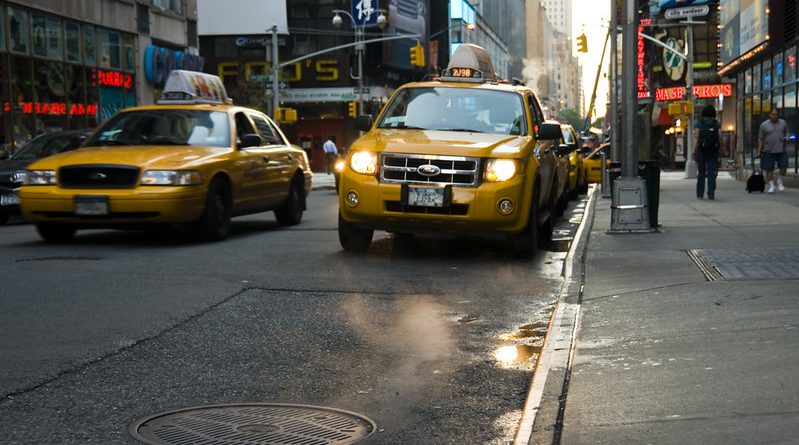
New York
New York has always been a city of superlatives: biggest, brashest, best – at least that’s the opinions of its proud inhabitants – and with over 30 million visitors a year it seems that there are plenty of others who agree! After the events of 9/11 it’s now a city known as much for its resilience in the face of tragedy as its economic power, cultural dominance and ethnic diversity.
The area known as New York has been inhabited for over 10,000 years; first by Native American tribes, then from the sixteenth century by the Dutch who named it New Amsterdam and finally by the British who turned it into New York four decades later. At the year of American independence (1776) the city was a busy, dirty seaport of 33,000 – by 1900 it had ballooned to 3 million as its commercial clout and improving infrastructure drew more and more immigrants to the promised land. By 1930 New York was seven million strong but suffered terribly during the Depression.
It was only after World War Two that it finally took the title of America’s leading city and even then its position wasn’t guaranteed. A middle-class flight to the suburbs alongside a commercial drain (especially in TV production and manufacturing) to the West Coast left it reeling and it wasn’t until the 1980s, under the three-term mayor Ed Koch, that the city regained its poise and economic clout.
Sitting on the mouth of the River Hudson, New York straddles some 50 islands and is divided into five boroughs: Manhattan, Staten Island, Brooklyn, Queens and The Bronx. Built on the labour of immigrants from across the world; even now, 30 per cent of its population are born abroad. The city has large Jewish, Italian, Hispanic and African American populations spread across Manhattan, Harlem and The Bronx. Koreans have made their home in Flushing, while Washington Heights is home to Central Americans and Queens to South Americans.
Read More
In the self-proclaimed Capital of the World it’s difficult to isolate only a handful of great things to see and do; New York offers everything you could wish for, often at a frenetic speed. From iconic symbols to world-class museums, from shopping and dining out to theatre and sports in New York you’ll never be stuck for something to do, you just won’t know where to begin! Here’s a small selection of New York must-dos: Be as active or as chilled as you like in the city’s wonderful green space, Central Park Rub shoulders with the trendies in the galleries, boutiques and clothing stores of SoHo View the engine room of US capitalism up close in the New York Stock Exchange Getting there New York is the most important transport hub in North-eastern USA. It is served by three major airports (JFK, La Guardia and Newark), two train stations (Pennsylvania Station and Penn Station) and a massive network of bus companies that include Greyhound and Peter Pan Trailways. Getting around New York has ample public transport options so do not even consider driving in this city of traffic hell. The subway has a reputation for imperceptibility but it’s actually the quickest and easiest way of getting round the city’s sights. Buses run 24 hours, as do cabs. Buses City buses operate 24 hours a day. They run north and south along avenues and cross town along the major thoroughfares. The fare is $1.50 (in exact change) or $3 for an express bus to get to the outer-boroughs. If you’re going uptown or down town and want to get another bus to take you cross town ask for a ‘transfer’ and you’ll get a second ticket to use on the next leg of your journey. Subway The subway has a stinking reputation but it’s much improved in recent decades and is actually the fastest and easiest way of getting around town across 26 routes and linking 469 stations. It runs 24 hours but it’s faster and safer to a cab after 10pm. If you’re planning to use the subway a lot it’s advisable to get a MetroCard that will allow you to transfer between buses and subways. Taxis There’s never a shortage of those unmistakeable yellow cabs (11,000 in total) and they’re pretty cheap too. A taxi is for hire when the rooftop licence number is lit; an average 3-mile fare is $5 to $7 but costs more after 8pm. Give the cross street for your destination and make sure you tip 10 to 15%. Helicopter Not the mode of transport you’d choose for an everyday dash to work, but make sure you take a ‘copter ride before leaving the city. It’s just $30 for a half hour view of the world’s most spectacular city skyline. Nowhere on earth has such a frenetic restaurant scene as New York. Its inhabitants are notorious eaters-out, not least because the city has such a ‘watching me, watching you’ culture. Thus restaurants are more central to everyday life than in most other cities and there’s something to satisfy every palate. The way to approach the overwhelming array of choice New York offers is to embrace it. By all means check out the hottest restaurant in town -just make it’s still there and you book weeks in advance – but also follow word of mouth to enjoy those romantic neighbourhood bistros, cafés and restaurants. New York prides itself on having something for everyone. For instance, at Corner Bistro you can get what many consider to be the best burger in Manhattan for around $4.13. Corner Bistro However if you are feeling Donald Trumpish, you can get a $40 burger (Kobe beef, fancy lettuce, “special sauce” and all that) at the Old Homestead. Old Homestead Restaurant Manhattan Manhattan, to many, is New York. The island is split into three sections, Uptown, Midtown and Downtown. There’s plenty here to check out like the New York Stock Exchange, the Rockefeller Centre with its famous ice rink, the Guggenheim Museum is spectacle to see just from the outside. Within its immortal coil giant circular design the museum houses a collection of art by Picasso, Pollock and American Minimalists. Times Square has outgrown its reputation as a seedy place and is now home to glitzy electric billboards, and a massive Virgin Megastore and All Star Café. Chinatown is also in Manhattan, a thriving community of 120,000 Chinese, Chinese shops, supermarkets and restaurants. Uptown Many of the major tourist attractions are here, like the American Museum of Natural History with 32 million artefacts, famed for its dinosaurs and Ocean life. Other top museums include the Metropolitan Museum of Art (know colloquially as “The Met”) which is New York’s top tourist attractions and is home to Egyptian, Greek & Roman art through to American historic memorabilia, medieval art through to a 20th century collection and exhibits from Africa, Oceania, Europe and Asia. Downtown Downtown, Battery Park, is the southernmost tip of Manhattan. Manhattan is one of the most expensive places to live in the world, with a studio flat costing around $1500 a month or more. This is the site of ‘Ground Zero‘, the former ruins of the World Trade Centre twin towers, formerly the tallest building in the world until it was destroyed by an act of terrorism in 2001. In Midtown Manhattan you’ll find the Museum of Modern Art with exceptional modern exhibitions of photography and film as well as visual arts, a more manageable visit that the vast Met. Midtown, between 34th Street and Central Park has the highest concentration of skyscrapers in the world. It is the business district where you’ll find offices, big hotels, department stores and upmarket shops on 5th Avenue. It’s also the site of the massive 120 storey Empire State Building. Central Park New York City without Central Park would be like an Oreo without its filling. During the summer months it is packed with people playing (yes New Yorkers play!) sunning, running, skating, dating, and goofing off. It is stunning and needs time to see it all. During the summer they offer free performances from the New York Philharmonic to Shakespeare to just plain watching the roller disco kings and queens skate it up! Plan ahead and you can see some of the best performers in the world for free! For an out of the ordinary tour of the park, and some free food, join Wildman Steve Brill who gives edible tours of the parks in Manhattan and the five boroughs. It is incredible to see how Mother Nature provides, even in the urban jungle. The Wildman is smart, funny and probably the only person to have been arrested for eating dandelions! Check out his website. Greenwich Village Not far from the Lower East Side is a totally different scene. If you’re looking for the alternative New York, then find your way to Greenwich Village, home of artists and beat poets. Sixth Avenue on 4th Street is where the action goes on. These courts are home to some of the best basketball players on the East Coast and you can watch them all for free. These guys average height is about six foot seven, all living giants. It’s a hip and bohemian place and home to former luminaries such as Edgar Allan Poe. It’s also the home for the gay scene in New York with many bars and clubs with some of the world’s top DJs. East Village The East Village in Downtown is the hippest place to stay in New York. But there are long waiting lists for cramped apartments costing about $2000 a month. Most of the nightlife of New York is centred around the East Village. Bars don’t tend to get busy until midnight and most clubs are open until about five in the morning, but remember the legal drinking age in the states is 21 and anyone of any age needs an international ID card. Harlem If you’re heading north on the bus to Harlem, in Uptown, get off east of 5th Avenue at 126th Street. Don’t let its reputation put you off, it is certainly worth a visit. Black America’s struggle for equality has its foundations in Harlem, and the names of its great heroes can be found on the street signs. It is where Malcolm X spent his youth in the 50’s and his Ministry is still here on Lenox Avenue. Major corporations, companies were afraid to invest in Harlem because they heard about the high crime rate and the violence that goes on here, but all that’s changed in recent times and it’s a respectable, and quite expensive, place to live. The Bronx, situated on the mainland, has the worst reputation of the New York city boroughs. Now crime is decreasing more travellers are visiting the Bronx and there’s a strong police presence. The Bronx has got an image as the bad place of New York mainly from its portrayal in the media and the film industry. But , like any other place, it is what you make it and there’s plenty of Afrocentric shopping to be done. If you are into gold, the Home Boy 2000 store has got it. City Island Right on the Bronx’s doorstep, believe it or not, is a string of fishing villages, marinas, and a slice of the country life. This is City Island which is unbelievably still in the Bronx neighbourhood. If fishing is your thing, you can go out on a boat for day trips from City Island harbour. The day trip is well worth it to get away from the hustle and bustle of the city. Brooklyn Brooklyn Bridge Brooklyn Bridge was the first suspension bridge to ever be built; 478 metres between the two support towers it was also the world’s longest when it opened in 1883. Regarded by many as the most beautiful bridge in the world, it’s still symbolic of US achievement even though it was plagued by inflated budget costs and the deaths of key engineers working in it. Its pedestrian walk-way is a great place to view Lower Manhattan, especially at sunset. Williamsburg Brooklyn is a collection of very distinct neighbourhoods and Williamsburg is home to the biggest Hispanic community in New York, mostly from the Caribbean Island of Puerto Rico. One hundred years ago, American opened up her borders to Puerto Rican immigrants and offered them equal rights with American citizens. The harsh reality of living in New York however, led them to reproduce a tiny part of their island in the urban jungle. They have created casita, traditional Puerto Rican gardens to remind them of their homeland. Williamsburg is a nice place to come and chill out and get away from the high rise. After World War II Puerto Ricans started arriving in search of work and now there are almost as many Puerto Ricans in New York as there are in Puerto Rico. Staten Island One of the first places to be settled because of its strategic location Staten Island has a rather frosty relationship with the rest of New York. Inhabitants of this leafy, well-to-do island claim City Hall uses their tax monies to deal with New York’s urban problems but ignores their needs completely. Apart from the Statue of Liberty there are a couple of tourist attractions that merit a look like Historic Richmond Town, a collection of restored buildings, some dating back to the seventeenth century. Queens Queens is called the Borough of Homes and nowhere else will you see such a variety of American housing from single-family town houses to condos and bungalows. All this relatively affordable housing has made Queens a magnet for immigrants and third of all residents are born abroad. It’s also the place where what remains of New York’s industry is based; the rest of the unused industrial space has been converted into lofts for all the artists who’ve been pushed out of the inner boroughs by exorbitant rents. There’s nothing overtly touristy to do here except wander round the various ethnic neighbourhoods and, if you’re in to jazz, check out the Louis Armstrong Archives. Coney Island On the southern tip of Brooklyn’s peninsula, there is the summer resort of Coney Island. Even in New York you can come to the seaside. This fair ground has seen better days since its boom time after World War II. Coney Island is best known for its gruesome freak shows, it has plenty of traditional attractions. Not only is it a good fun fair, but it’s got a great beach as well. In its heyday, entertainment included skirt raising air jets blown from the walkway (classic Marilyn Monroe style) and elephants on water slides. Brighton Beach A mile down from Coney Island is Brighton Beach, home to a large Russian community, and there is glimpses of it everywhere you turn. It is known here as Little Odessa. Odessa was the home city to thousands of Soviet citizens, many of them Jews, who came here in the 1970s. Russians here are not only Jewish, many are descendants from aristocrats from the old Empire who fled from the Communist Revolution in 1917. There are dozens of these Russian supper clubs, and if you’re bored with the Russian cabaret, there’s always gallons of vodka, which can have some strange side effects. Fire Island Fire Island runs parallel to the southern coast of Long Island and is a long thin strip of land graced with fine beaches. If you’re sick of all that vehicle noise then this is the place for you: cars are banned so you have to walk or get a water taxi to get around. Ocean Beach and the Pines are the two most popular spots; the former with families and lovely young things and the latter with affluent members of the New York gay community. Kayaking If you want to leave the city without going far, head for Pier 62 on the west side of Manhattan for a spot of Kayaking. Eric Stiller’s crew run one of the best ways to get physical. Manhattan Kayak offers everything from a sunset tour out to the Statue of Liberty to trips for the experienced kayaker that cover up to 50 miles. Eric has something for everyone and if you get tired, you won’t even notice the journey home because he will keep you entertained. Try it, this is a completely unique way to see New York’s famous skyline. Check the Manhattan Kayak website for more information. Chinatown NYC New York Trapeze School Big OnionTours United Nations Tours “Out of the Closet” Summer Stage Enjoy a self-guided tour thanks to our exclusive Historic Walks app, free on Apple devices.Highlights
Travel
Food & Drink
331 W 4th St
New York, NY 10014
Tel: (212) 242-9502
56 9th Ave
New York, NY 10011-4901
Phone: (212) 242-9040Top sights in the city
Midtown
Central Park is a massive 37 hectares situated bang in the middle of Uptown Manhattan is packed with joggers, skaters and musicians. You can’t escape the danger of the wheels – it’s the rollerblading capital of the world. If you’re into blading, head on down to the roller disco. Along with a massive sound system, it’s where the real blading experts come to outdo each other and it’s no place for beginners.
The BronxTop Sights outside the city
Interesting Websites
If you don’t have much time to explore Chinatown on your own, get in touch with Jamie Gong *at* Cinatown NYC, a local who can guide you to places you just might not find on your own.
Maybe it was the silver unitard that did it, but Megan McCormick managed to learn some very basic skills on a trapeze in just a couple of hours. Jonathan and his crew had her “flying” and making a catch before you can say, “What have I gotten myself into!” All the while, the city of New York is the backdrop for your own high-flying drama. The feeling is exhilarating and you will want to come back for more (or run away and join the circus!).
Seth Kamil, the founder and one of the guides at Big Onion would be able to find something so interesting about paint drying that you would stop and look twice. Imagine what he can do with a city as rich in history as New York. He and the other guides at Big Onion give this colorful city deeper richer hues and are so good at what they do that many a New Yorker would learn a thing or two. See their web site and get to steppin’.
Technically, when you step foot on the grounds of The United Nations building in New York, you are no longer in New York City or even the United States for that matter. There isn’t any tax there, they have their own post-office and they are doing their best to make our world a better place.
The tours are excellent and you may even get to sit in for a few minutes of a General Assembly meeting.
Secondhand takes on a whole new meaning in New York. Located on the upper east side of Manhattan, in the back yard of one of the wealthiest neighborhoods, is a shop which features truly incredible “used” goods. “Out of the Closet” is a bargain hunters dream. There is a tax incentive to donate luxury goods and this shop is the recipient of some pretty incredible gems as a result. They’ve had everything from a 20k Rembrandt to a 30k fur owned by Marilyn Monroe. What’s more is that all this shopping is for a good cause as proceeds are donated to HIV/AIDS charities.
Listings of free concerts in Central Park during the summerWalking Tour

